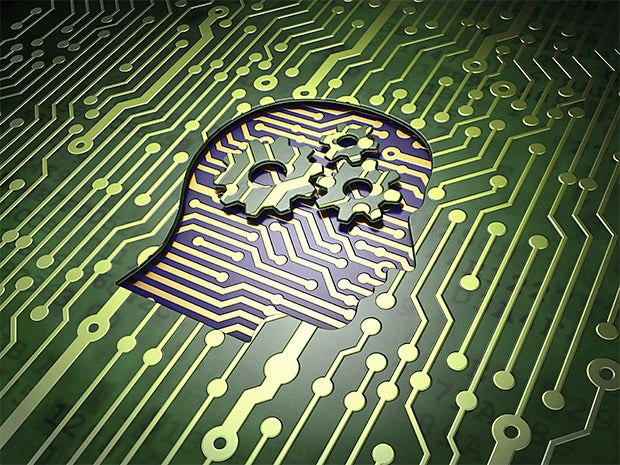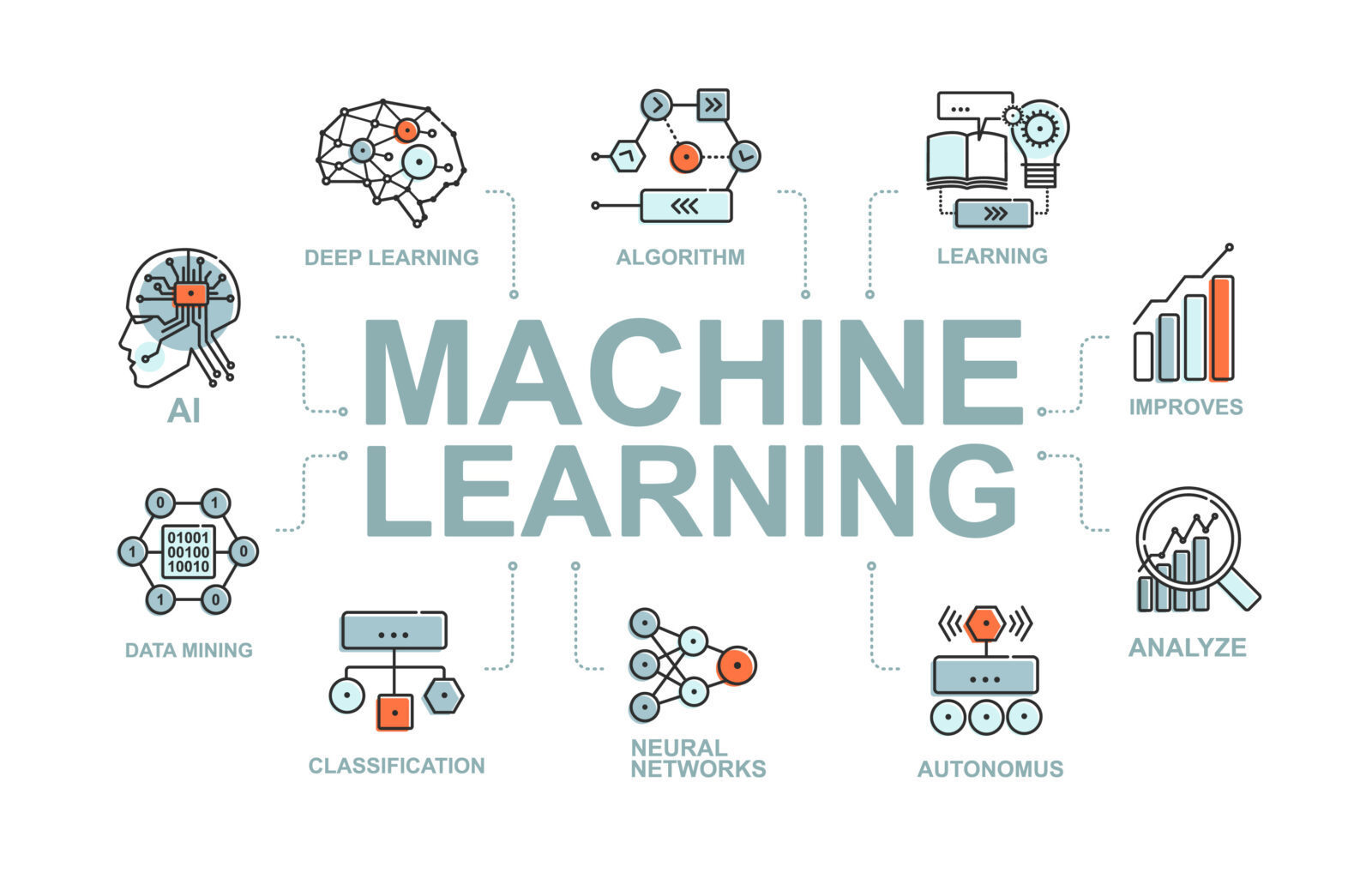It’s likely you understand the importance of using data to boost business operations. But have you witnessed how machine learning can facilitate this? Here’s how machine learning improves BI.
Deeper Uses for BI
When people think about business intelligence, they often conjure up images of something in the vein of data analytics. This makes sense, as the analysis of data is one of the most essential functions of BI. The incorporation of machine learning, however, makes it so BI can do so much more.
The inherent strengths of ML make it so BI technologies can do more than they’ve been able to in the past. These are a couple examples of how machine learning is opening up new doors to what can be done with BI:

- Prevent fraud – The occurrence of fraud can be difficult to detect when dealing with massive pools of information that all looks the same to the naked eye. Machine learning can quickly parse through this information and determine if something isn’t quite right.
- Risk management – It’s easy to say something was too risky after the fact. With machine learning, however, enterprises can do a better job of risk profiling—reducing the likelihood of critical errors before they happen.
Analyze in Real Time
In the past, analytics was necessarily about retroactively piecing together data to hopefully get an okay idea of what happened. While better than nothing, there are some pretty clear lapses in this approach. With machine learning, enterprises are able to raise the bar in terms of what they can do with data as it’s collected.
Thanks to ML, modern BI can search through massive data sets and incorporate new information in real time. There are tons of applications for this. For instance, manufacturers can spot anomalies in real time, which can save time, money, and even prevent safety issues when things inevitably break down. Real time analytics can also be helpful for marketers running a campaign. Instead of having to wait until the campaign is over to analyze results, data can be processed as it’s received, which can then be used to make on-the-spot decisions for improved performance.
Make Data Available to More Users
While the first two sections have dealt with some of the specific ways machine learning analytics can improve operations, there are also elements to this technology that can boost overarching systems and corporate structures.
Of all the BI trends coursing throughout the corporate world today, few are more prevalent than data democratization. This is because democratizing data can have profound effects on the culture and success of an enterprise. Features such as relational search, which allows analytics to happen sort of like looking something up on the Internet, are changing the BI playing field.
When more people can use BI to find insights, it creates a new paradigm for what can be accomplished with company data. These advances are being driven by tools built with machine learning. This can ultimately lead to the development of a corporate data culture, where organizational decision-making is built around data from top to bottom.

See the Future Before It Happens
In most applications, data analytics is taking information from the past in order to decide how to act in the present. While this is often incredibly useful, enterprises ultimately want to be able to be as future-focused as possible. Machine learning helps make that a reality.
Through advanced analytics applications that use predictive and prescriptive analytics, organizations can gain unparalleled insights into their best course of action. Leveraging machine learning to translate data into action plans can take your enterprise to a whole new level.
It’s clear machine learning has earned its place in the BI universe. Consider what ML-enabled tools will help your organization be its best.
